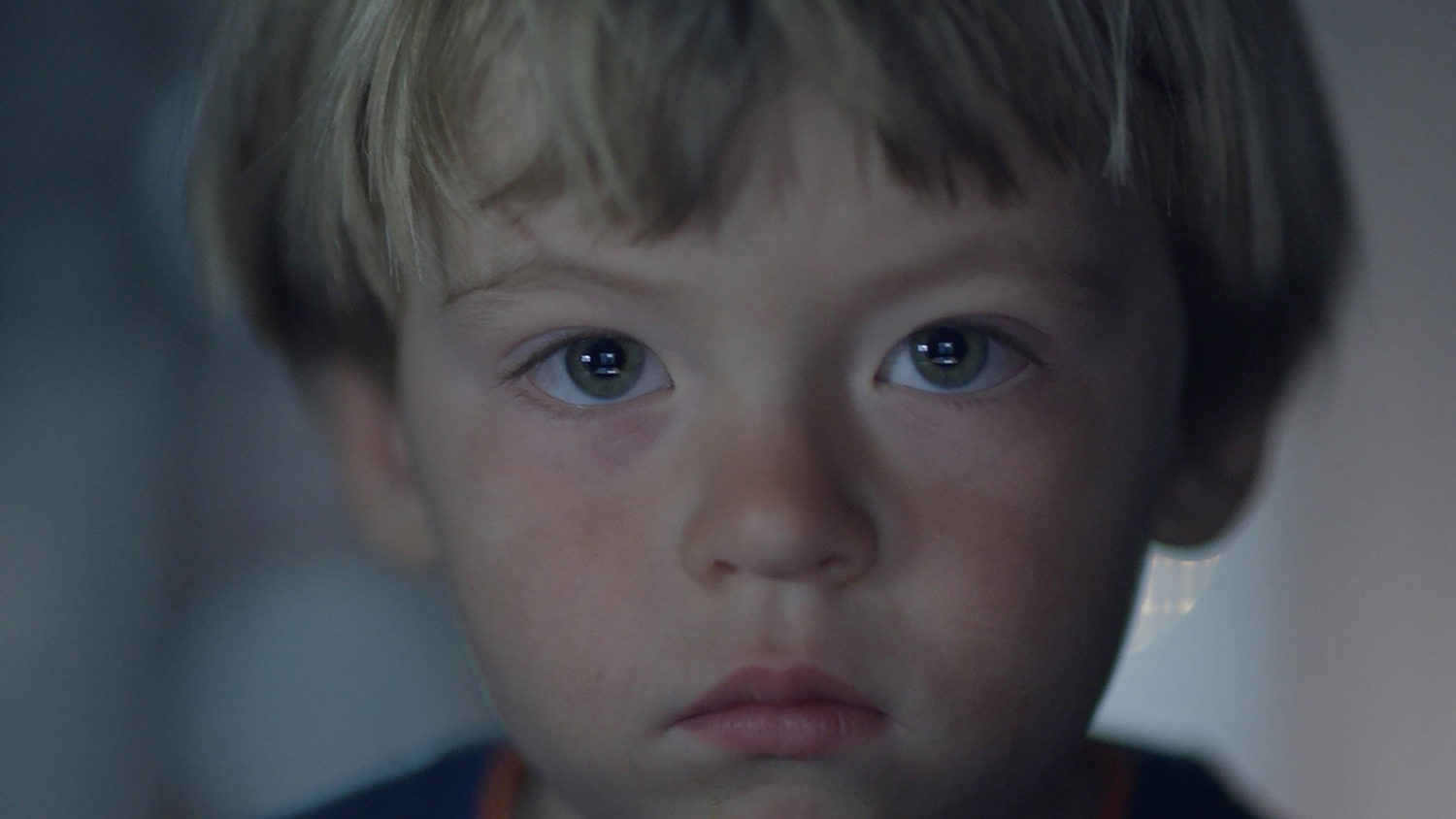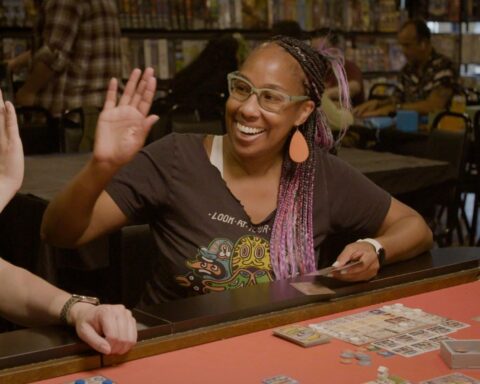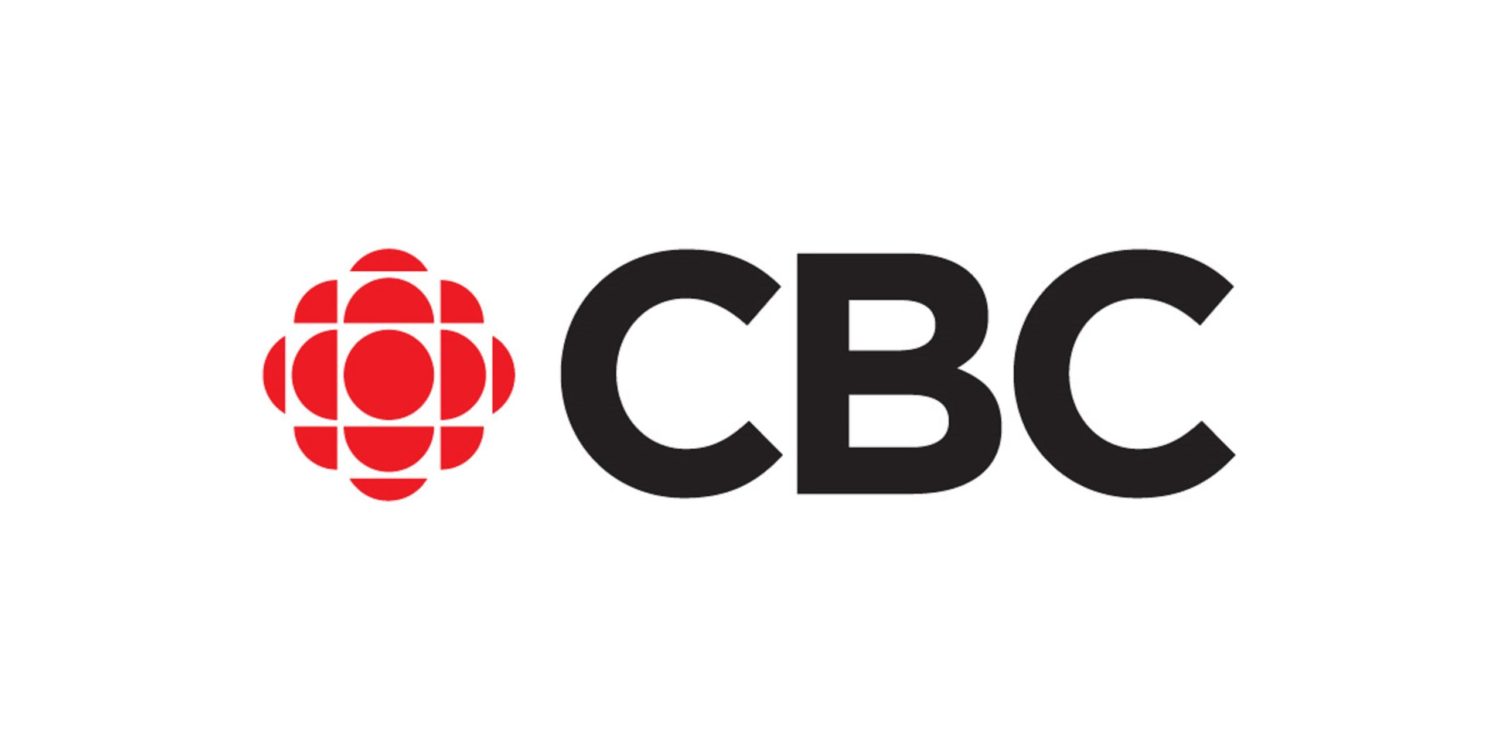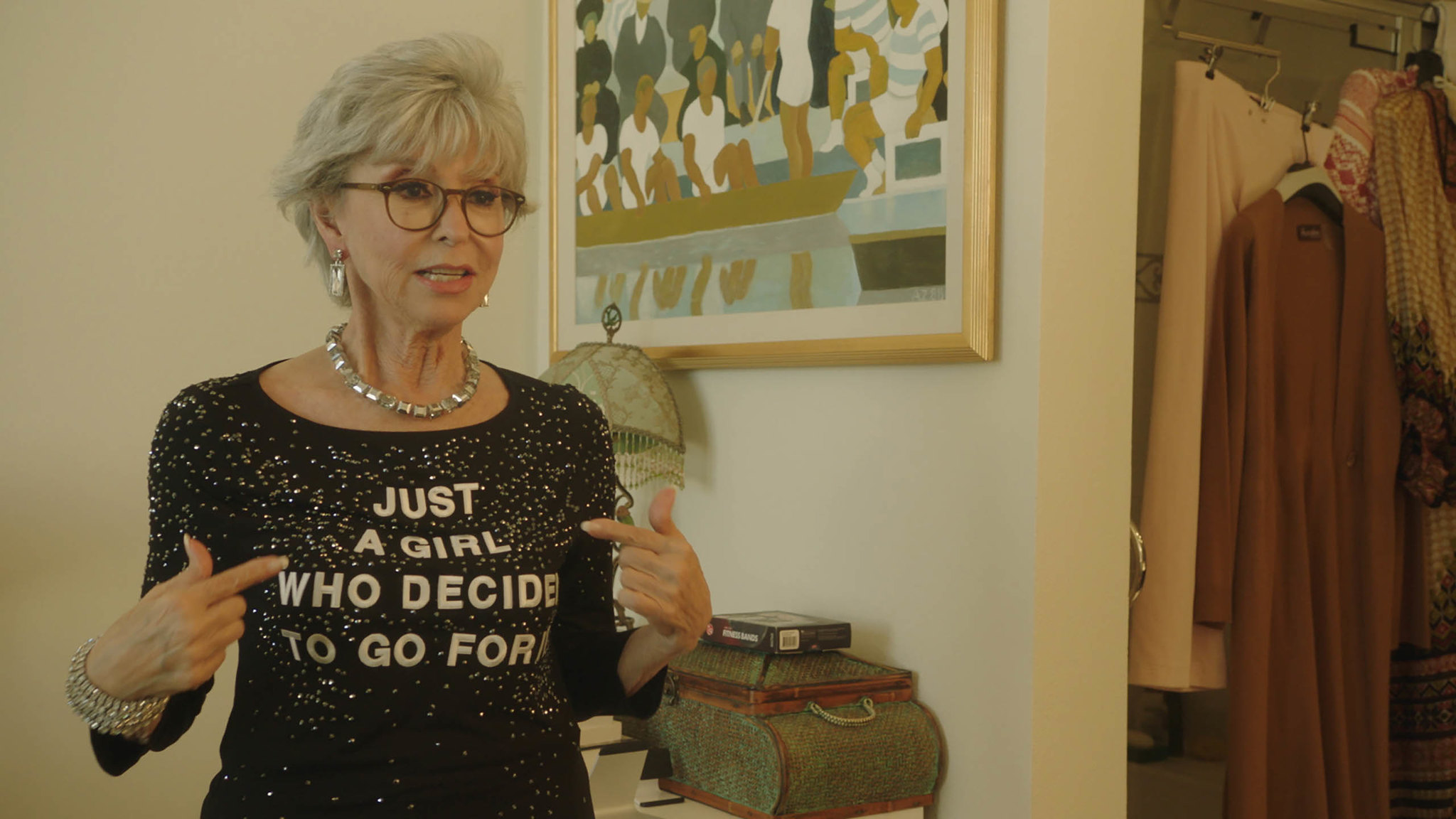As Sundance audiences connect virtually this year, Users should inspire further consideration about the way in which technology saturates our lives. Directed by Natalia Almada (winner of Sundance’s 2009 directing prize for the doc El General), Users is an evocative essay film that meditates upon technology and progress. Almada presents rich cinematic images in a methodical tapestry of vignettes. Users take audiences into underground greenhouses where vegetation grows so that solar panels can spring up across the land. The camera goes deep into the California wildfires to witness devastation, while Almada’s own journey through motherhood puts newborn life at the centre of many frames. Running through the film is the mother’s consideration of her newborn’s future as she imagines his childhood mediated by technology and detached from the green spaces in which kids once thrived.
Featuring arresting cinematography by Bennett Cerf and a dynamic score by the Kronos Quartet, Users considers what humans may have to surrender in order to enjoy the conveniences that enhance our lives. Almada asks pertinent questions, particularly as Users integrates a seamless presence of artificial intelligence within its design. A synthetic narrator, indistinguishable from the human voice, adds an eerie undercurrent to the musings as the nature elements that Almada considers can be imperceptible from fabricated advances. The film is a prescient think-piece that engages viewers with philosophical considerations of the life ahead. There are no answers, only questions.
POV caught up with Almada ahead of Users’ Sundance premiere to discuss her latest project. This time, it was the director’s turn to provide the answers after provoking us with so many ideas.
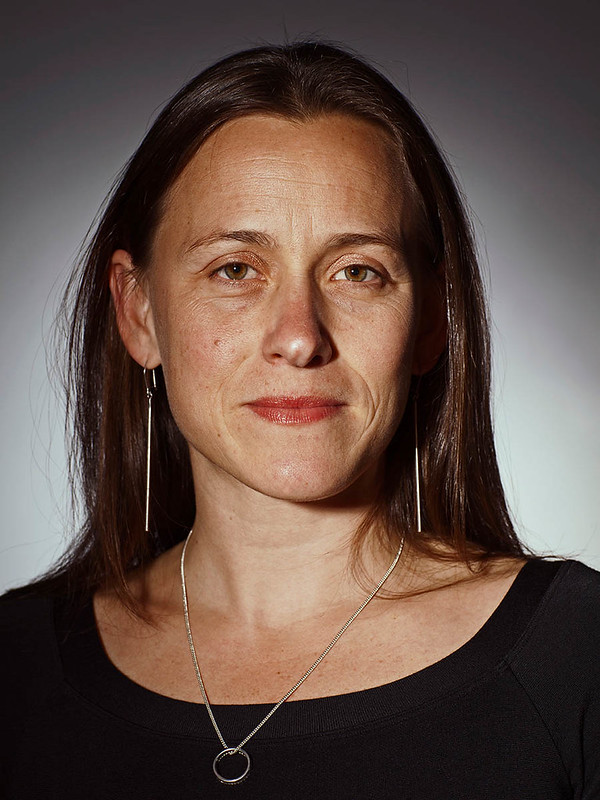
POV: Pat Mullen
NA: Natalia Almada
These questions have been edited for brevity and clarity.
POV: I want to hear all about that amazing shot where the camera is following the power lines and then pulls out, zooms back, and lands in front of a truck on the highway. How did you shoot that? Was that a drone?
NA: No. My DP, Bennett Cerf, was just awesome. He’s really good at reading things and moving the camera without getting disoriented. It was just the two of us, and I was driving on the LA freeway. We had a cloud mount on the top of a car and that was on a gimbal. We were just driving and filming the underpass of the highway. As we were leaving, he came upon on those wires and filmed them. As I was driving up, I said, “There’s a big truck behind us. Do you think you can come down and land on it?” He just made a beautiful move and seamlessly landed right on this big truck that happened to be right behind us. Whoever that truck driver is, I’m very grateful for him!
POV: The vignettes in Users feature a mix of natural elements, technology, birth, consumption, and motherhood. How did you choose which images would create the narrative arc of the story?
NA: At the beginning, it was intuition and starting with things that I was curious about. We started with a 10-day shoot in the Central Valley of California. I was fascinated by the idea that there are all these fibre optic cables that criss-cross the ocean and we don’t know where they land. There are markers in some places, but the information isn’t publicised. These powerful cables transport information and data, but they’re in nature among the landscape and the coast. It’s weird to think that all those spaces could have a flood of information traveling underneath them.
The first thing we shot was actually the first shot of the film, which is the Snoo [a smart crib]. I was just fascinated by it and I had a three-month-old newborn at the time. It was an easy object with which to fantasize. You can say that nothing can happen to you kid if you put him in that crib every now and then. But what would happen if I put my kid in there all the time and he fell in love with the Snoo instead of with me? From there, it was a matter of thinking structurally and identifying the key ideas. Did we want to talk about infrastructure, nature and global warming, and the landscape and energy? I shoot and edit simultaneously, so I like that sculptural process. It evolved organically and revealed itself in a way.
POV: The synthetic narration is such an interesting revelation. How did that choice come to be and how did it feel to hear yourself narrating the film in such a manner?
NA: This synthetic voice double is done through machine learning: you record the sentences and they’ve developed the software that can take those recordings and recreate your voice to say anything you tell it to say. I find that fascinating. It was a kind of obsession in my mind, thinking, “One day I’ll be gone. Hopefully, my kids will outlive me and I will live on in that voice.” What does that mean? How much is it me? How much is it not me? How much will they hear it and feel it’s their mother? I wanted to create this narrator for the film’s lens of motherhood through a whole new way. It has narrators both synthetic and humans. They’re really similar.
POV: How do you feel about raising a child in a learning environment that’s much different from the analogue one we had?
NA: It’s been a total parallel story in my personal life and the making of the film. One of the first questions that triggered the film was whether we send our kids to a daycare that uses screens or a nature-based daycare. In doing that research, I learned that a lot of people who work in tech send their kids to Waldorfy nature-based programs. It’s kind of telling. We put our kids into one of those nature-based programs. It’s a small daycare with six kids. We’ve been lucky because there was a time of four or five months that the school closed. Our teacher did a storytime on Zoom. It just didn’t work for our kids. It was a fabulous effort on her part, but for a two-year-old or a four-year-old, it just didn’t make sense. Adults can sit and look at a computer and be on a call, and there’s a purpose to that call, but for a kid, it’s just a computer and it’s hard to keep their hands off it. It’s a different question for kids of a different age—a 12-year-old is capable of doing a math class on a computer if that’s necessary and keeps them safe.
POV: Did working on this film during the pandemic shape your relationship with technology?
NA: I think of films in a theatrical space with people, and that’s how I position from where I work. In this moment, our relationship to technology has accelerated. Perhaps for most of us, we’re dependent on Zoom or video technology to talk to our family, or to work or do school remotely, or order groceries to stay safe. I think most people’s relationship to technology has shifted through the pandemic. On the one hand, we’re very grateful that we have the technology we have and, at the same time, I think we’re aware of what it doesn’t give us. Many people say they just want to hug somebody or work in the same room as somebody. Doing our work through Zooms and relating with our friends and relatives through video is not the same, so we’ve become very aware of the limitation even though we’re grateful that we have it. It’s important to ask what the consequences are of this long term. What’s this going to do to kids who only know their grandparents through a computer? My hope is that the film acts as an open canvas that allows space for contemplation. It is intended to allow the viewers to insert their own narratives, give them space, and time to reflect.
Users premiered at the 2021 Sundance Film Festival and has its Canadian premiere at Hot Docs.




